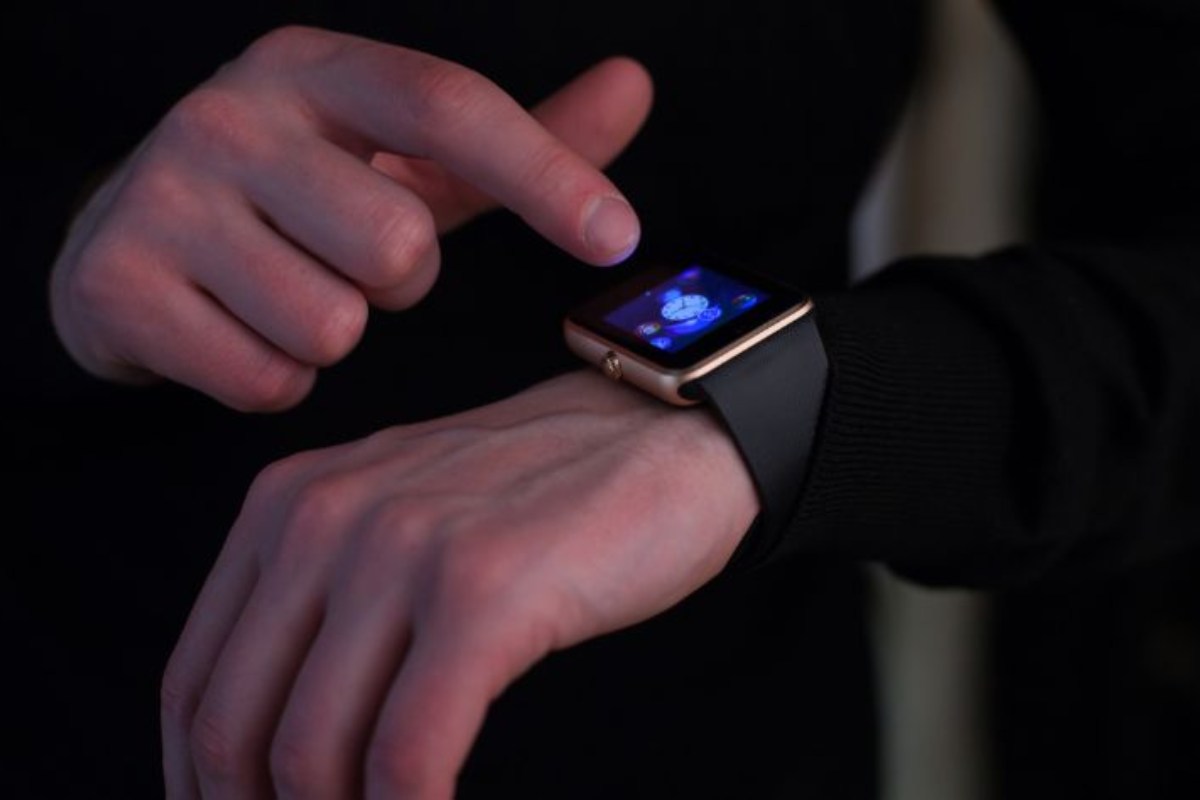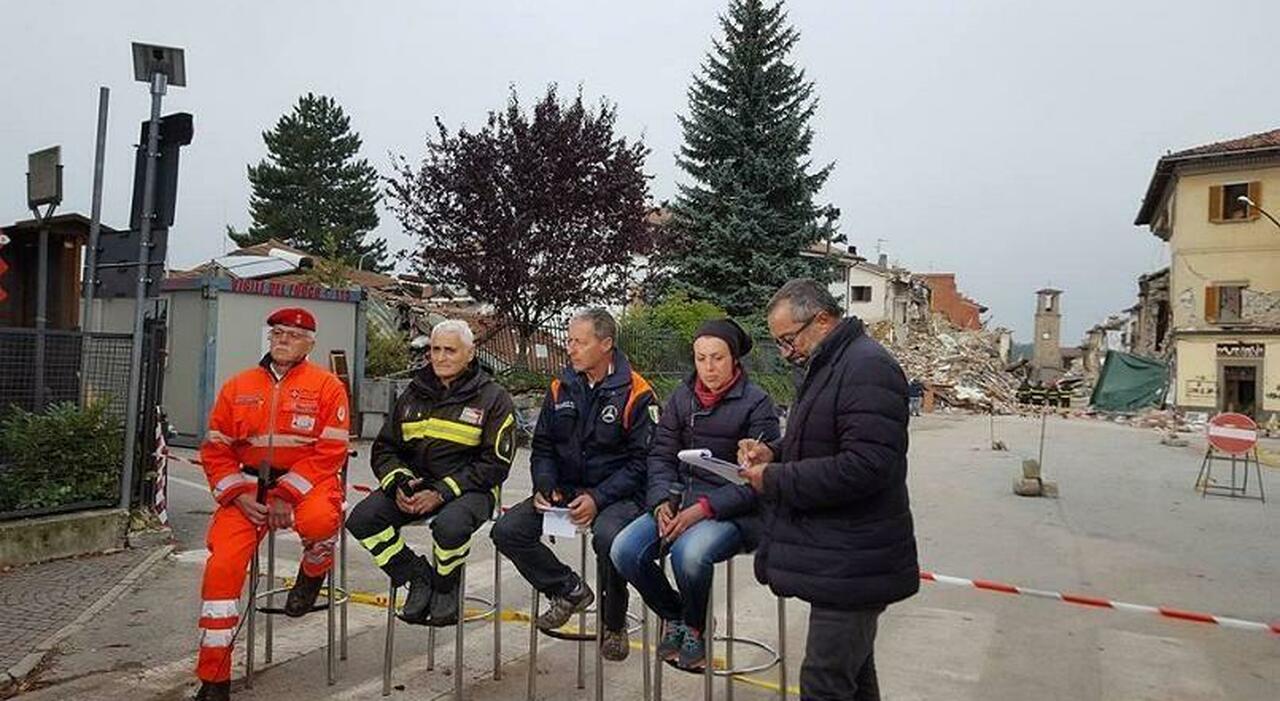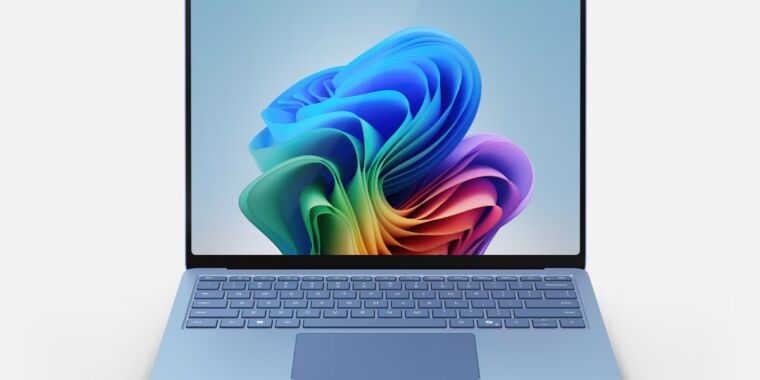で発表された最近の研究では、 科学の進歩研究者らは、局所的に pH を監視し、胃の漏出を早期に検出する生体吸収性のコードレス受動センサーを開発しました。
勉強: 継続的な pH 測定と胃漏出の早期検出のための生体吸収性、ワイヤレス、パッシブ センサー。 画像クレジット: sasirin pamai/Shutterstock.com
背景
内臓を取り囲むバイオマーカーは、胃手術後の腹腔内 pH 変化などの術後情報を提供する可能性があります。 従来の放射線治療法は生体適合性がなく、一時的なインプラントには適していません。
埋め込み型ワイヤレス pH センサーは、迅速な検出を実現する最も効率的な方法と考えられます。 反応生成ヒドロゲルの最近の改良は、ポイントオブケアの医療診断に有望であることを示しています。
pH 応答性ヒドロゲルをワイヤレス電気デバイスに組み込むことは、効果的な工学戦略となる可能性があります。
研究について
本研究では、研究者らは、迅速な反応時間と早期の臨床転帰を確保するために、パッシブアナログタイプの無線通信を使用して、胃手術後の吻合部の漏れを早期に検出するための生体吸収性デバイスを開発した。
pH に敏感なヒドロゲルがトランスデューサーとして機能し、機械的に設計されたインダクター – コンデンサー回路に接続され、ワイヤレス読み取りが可能になりました。 このヒドロゲルは、pH 応答性タイプの 3 級アミンで官能化されており、その結果、特異的で機械的耐久性があり、生分解性で pH 応答性のヒドロゲルが得られます。
この材料は、インダクタ キャパシタ (LC) 共振回路のサポート マトリックスを提供し、寸法の変化を、外部読み取りデバイスへの誘導接続によって正確に測定される大きさの共振周波数シフトに迅速に変換します。
力学モデルは、最適なヒドロゲルと回路コンポーネントの形状、特にセンサー インダクターの形状に関する決定に役立ちます。 動物と装置のセットアップにおける系統的な調査 試験管内で デバイスの継続的な pH モニタリング能力を確認します。
研究者らは、組織学的検査、全血球計算(CBC)検査、血清化学によってこの技術の生体適合性と生体吸収性を確立した。
製造技術には、ポリ(エチレングリコール)ジアクリレート(PEGDA)、ポリ[2- (diisopropylamine)ethyl methacrylate (PDPAEMA), and 2,2- dimethoxy- 2- phenyl acetophenone (DMPA), curing the hydrogel with UV radiation, and laser cutting Zn foils to form an inductor with spiral coils.
Molten bioresorbable wax was infused into the channels, resulting in a homogeneous, electrically insulating layer. The location of the inductor and capacitor was determined by demolding the wax-coated Zn coil and casting the pH-responsive hydrogel prepolymer.
The researchers defined the capacitor’s top and bottom electrodes by laser-cutting Zn foil discs. The reading system consists of a VNA and a single-turn coil. Setting the VNA to reflective mode allows for measurements of the actual and virtual portions of the S-matrix element S11.
The pH of all buffer solutions and biofluids is calibrated and verified with an ion-sensitive field-effect transistor pH meter.
The study included adult male Lewis rats aged 14-16 weeks acclimatized for up to 7 days before surgery. During the implantation procedure, the rats were given general anesthesia via inhaled isoflurane vapor.
The team conducted functional tests on euthanized pigs and several rat models. They obtained blood samples four, six, and twelve weeks after implantation and preserved the explanted organs in neutral-buffered formalin for histological research.
Results
The platform monitors gastric fluid leakage during the crucial risk phase after laparoscopic sleeve gastrectomy (LSG). It uses wireless readout coils to measure the sensor circuit’s resonance frequency, which is affected by the surrounding biological fluid acidity.
Any leaking stomach contents (pH 1.0 to 3.0) infiltrate the hydrogel, causing edema and sudden resonant frequency (FS) shift, necessitating surgical intervention. The device degrades spontaneously following the healing time, reducing the dangers and expenses associated with future extraction operations.
The sensitive part of the monitoring device is the pH-reactive hydrogel enclosed in an inductor with a serpentine spiral shape.
The hydrogel degrades in biological fluids by hydrolyzing the constituent ester groups or ether cleavage during oxidation, rendering it water-soluble, harmless, and removable from the human body. The inductor design seeks to reduce mechanical compliance while maintaining low resistance and a high quality (Q) factor.
Performance assessments centered on the wireless readout showed that the sensor could achieve accuracy across a wide range of approximately 3.0 cm through the air and 2.0 cm through fat and lean tissues.
Non-destructive medical imaging technologies, such as ultrasonography, can aid in determining the precise placement of deployed sensors during routine bedside examinations. Additional trials show that the sensor can respond to acid injected up to 6.0 cm away within an hour.
The researchers used small and large animal models to test stability and appropriate functioning during a seven-day therapeutically relevant timeframe.
The study shows that implantation of a pH sensor in rat models does not harm organ tissues or produce inflammatory responses such as immune cell aggregation.
The study presents a wireless device for postoperative monitoring of gastric leakage and biosorption following surgery. The sensor, which causes water and hydrogen ion diffusion into a biodegradable hydrogel, enables volumetric expansion and inductance changes.
These changes can be wirelessly sensed as shifts in the resonance frequency and recorded via near-field coupling to an external reader. Mechanical models help guide design decisions, and potential enhancements include increasing wireless sensing range and merging tethered and deployable hydrogel device designs.
1714470950
#継続的な #モニタリングと胃漏出の早期特定のためのワイヤレス生体吸収性パッシブ #センサー
2024-04-30 09:31:00









:quality(70)/cloudfront-eu-central-1.images.arcpublishing.com/irishtimes/LZFYBVG7MRGLDAIFZPBXXW3WFA.jpg)